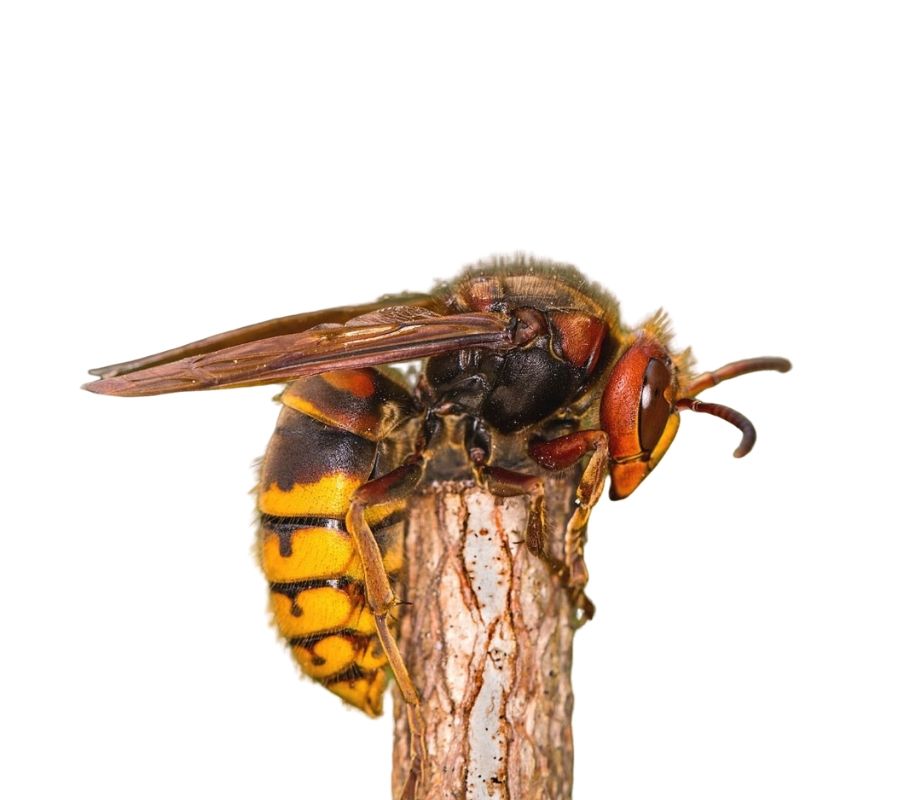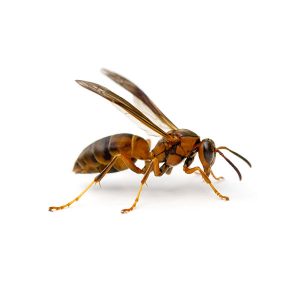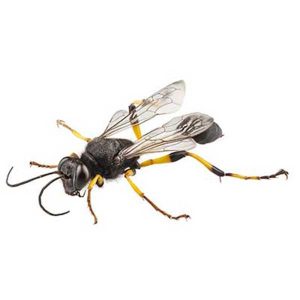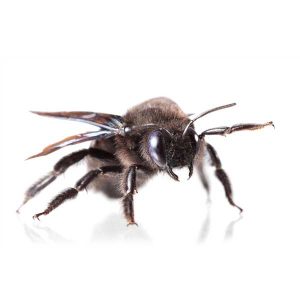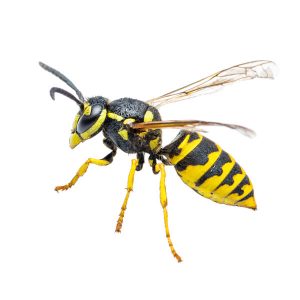Description
European Hornets in Spokane, WA and Coeur d'Alene, ID
Though European hornets weren’t brought to North America until the mid-1800s, they are now an extremely common pest in the United States. This large flying insect can now be found in 30 different states, and they often build nests near human activity in spaces such as wall voids and attics. Unlike most other stinging insects, European hornets are most active at night and will hunt in the darkness. These hornets primarily eat nectar and other insects such as aphids and caterpillars.
European Hornet Habitat
European hornets are social insects that typically live in colonies with several hundred individual hornets. Outdoors, these hornets typically build their nests in tall and protected areas like hollowed-out trees. These nests have a grey and papery appearance, and they are typically located 6 feet or higher off the ground. European hornets may also build their nests near human structures, such as in wall voids or attics. Since these insects can become aggressive if they feel threatened, they can be a nuisance for homeowners should they infest.
European Hornet Behaviors, Threats, or Dangers
Though European hornets are large and have a frightening appearance, they are generally not aggressive and typically leave people alone. However, they may become hostile if they sense danger. Since European hornets can sting multiple times in a row, they can leave behind painful marks – and even trigger dangerous allergic reactions in some people. As temperatures drop and food sources become limited in late summer, these hornets may seek food and shelter indoors. If you spot the signs of a European hornet infestation, it is recommended to call a professional hornet control expert to remove these pests quickly and safely.
Need help with European Hornet control?
We'll call you! Leave your information below.

